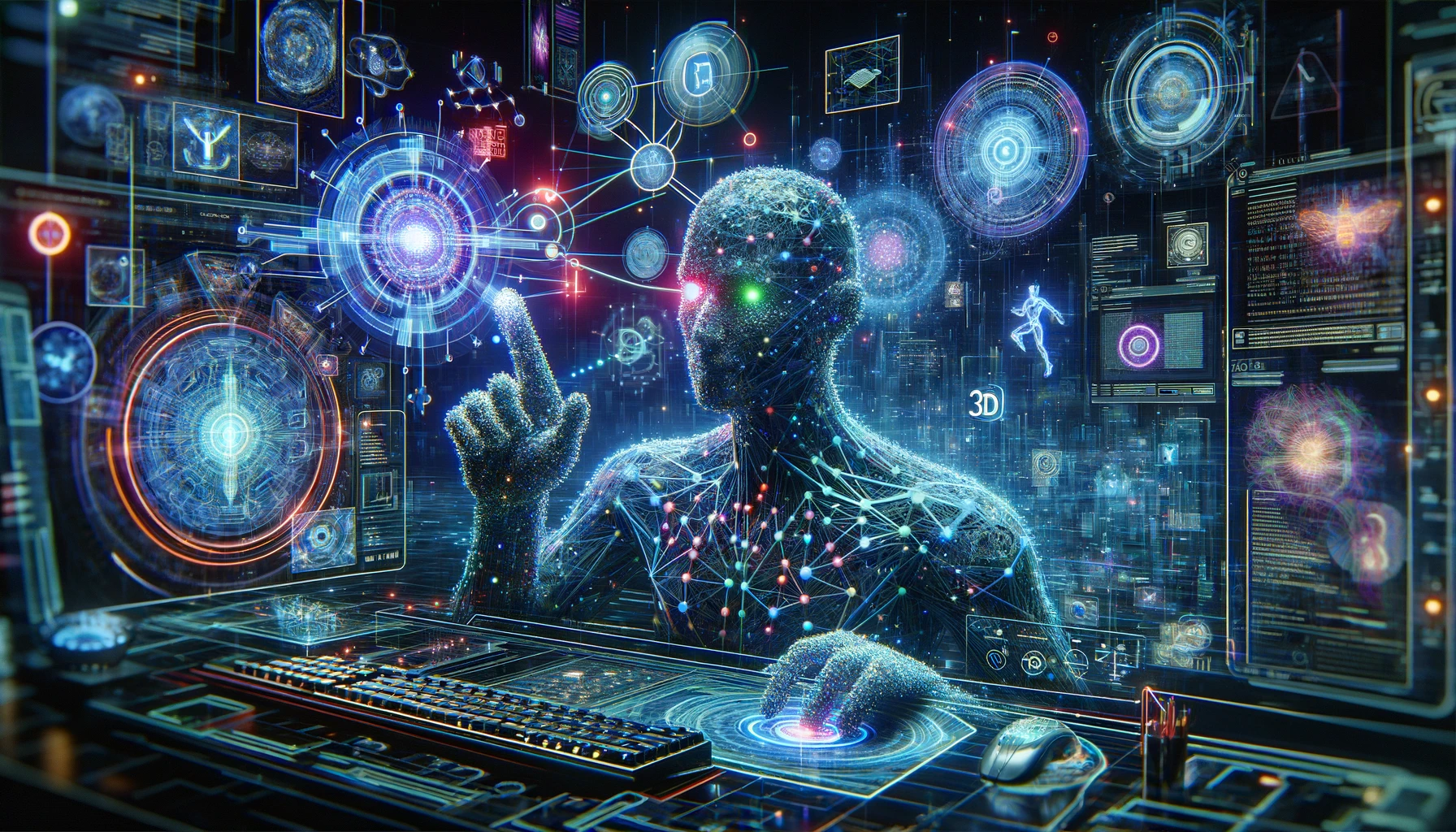Key Points
- The paper introduces VisionGPT-3D, a unified framework that consolidates state-of-the-art vision models to enhance 3D vision understanding, using multimodal foundation models and integrating various SOTA vision models for tasks such as 3D mesh creation and depth map analysis.
- VisionGPT-3D integrates large-scale models like SAM, YOLO, and DINO, each with its own advantages and limitations, to create an optimized solution or select models based on the task types such as fine-grained object detection or real-time object detection.
- The paper focuses on depth map analysis, showing the generation of depth maps from images using techniques like monocular depth estimation and the use of deep learning models for depth estimation and fine-tuning.
- Point clouds serve as a fundamental step in 3D reconstruction pipelines, and the paper discusses their generation from depth maps and highlights the importance of filtering noise and identifying object boundaries for scene understanding and coherent learning.
- Object segmentation in depth maps is explored, and the paper proposes an AI-based approach to select segmentation algorithms based on image characteristics, with the aim of improving segmentation efficiency and correctness.
- Mesh generation from point clouds is discussed, with the paper detailing common algorithms such as Delaunay Triangulation and Poisson surface reconstruction, as well as the importance of validating the correctness of generated mesh using techniques like surface deviation analysis and edge length analysis.
- The paper also addresses generating a video from a 3D image, focusing on placing and routing objects in scenes, as well as the validation steps involved in ensuring the accuracy and consistency of the video.
- VisionGPT-3D is positioned as a framework that combines traditional vision processing methods with AI models to maximize visual application transformations, using self-supervised learning to select well-suited algorithms for 3D reconstruction.
- The paper acknowledges limitations in working in non-GPU environments and proposes future work on algorithms optimization based on a self-designed low-cost generalized chipset to reduce model training cost and improve efficiency and prediction precision.
Summary
Proposed 1. Evolution of Text to Visual Components
The paper discusses the evolution of text to visual components, focusing on the generation of images and videos from text and the identification of elements within images. It acknowledges the pinnacle in Large Language Models (LLMs) with OpenAI GPT-4 and the state-of-the-art models and algorithms in the computer vision (CV) domain for 2D to 3D representations. The authors propose the unified VisionGPT-3D framework to consolidate state-of-the-art vision models, integrating various cutting-edge vision models and automating the selection and utilization of suitable models for different tasks.
Multilayered Capabilities of VisionGPT-3D
Furthermore, the paper describes the VisionGPT-3D's multilayered capabilities, such as creating 3D images from 2D representations, depth map generation, and point cloud and mesh creation. It also introduces the use of AI models, such as SAM, YOLO, and DINO, for various tasks and proposes an approach for efficient depth map estimation from a single 2D image using MiDaS. The paper also details the generation of point clouds from depth maps and 3D mesh generation from point clouds, mentioning algorithms for 3D mesh generation, including Delaunay Triangulation, surface reconstruction, and ball pivoting algorithms.
Integration of Object Segmentation and Visual Context Processing
Moreover, the proposed framework incorporates object segmentation in the depth map, selecting the optimal segmentation algorithms based on image characteristics. It also outlines the validation of the mesh generation and the process of generating videos from 3D images, where objects are placed and moved based on collision information obtained from the image. The paper emphasizes the importance of validation for visual context processing and the potential application of the VisionGPT-3D framework in maximizing the capability of visual application transformations.
Finally, the paper addresses the limitations when working in non-GPU environments and proposes further optimization based on a self-designed low-cost generalized chipset for improved efficiency.
Reference: https://arxiv.org/abs/2403.09530
